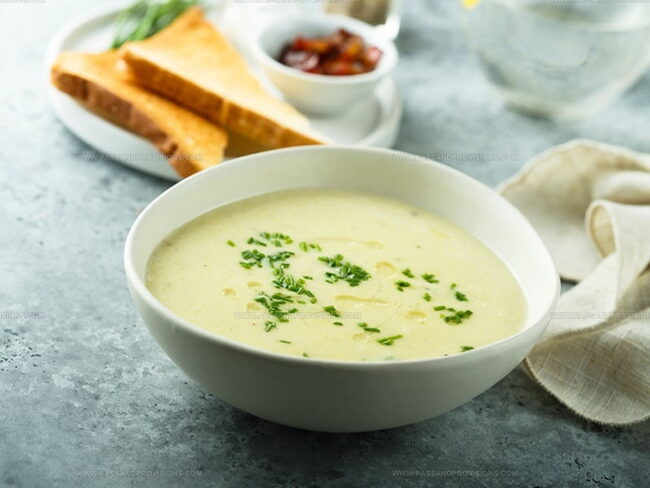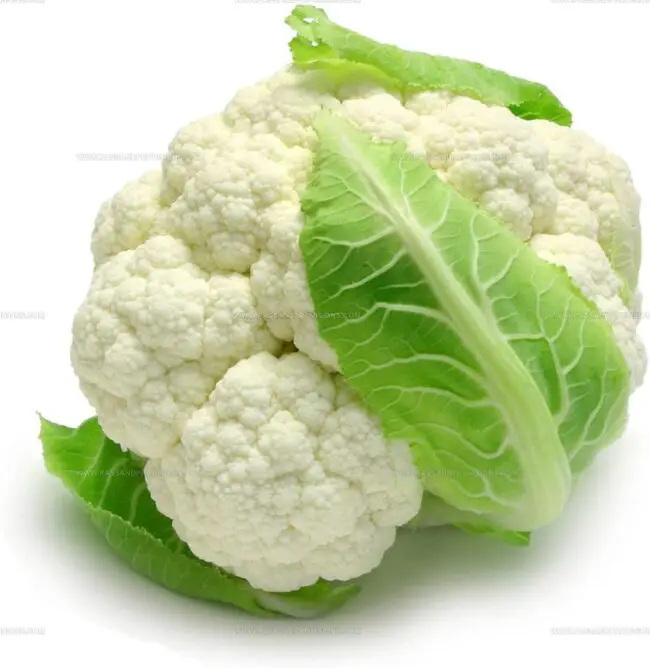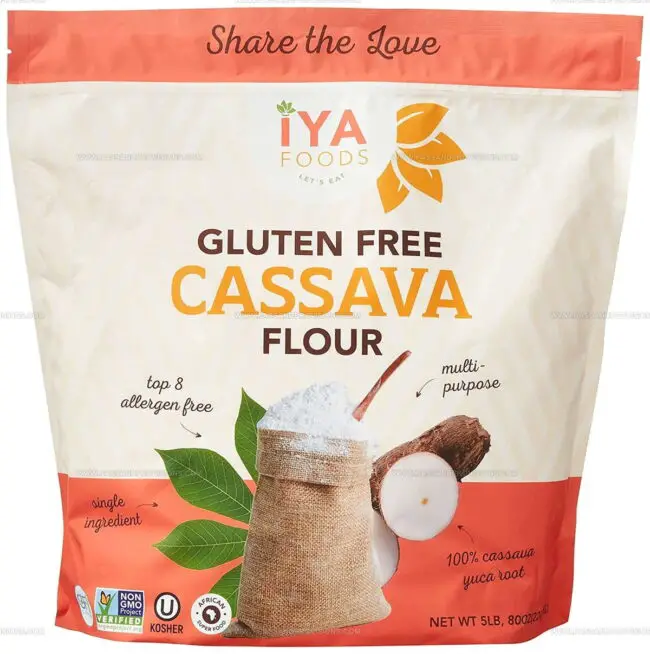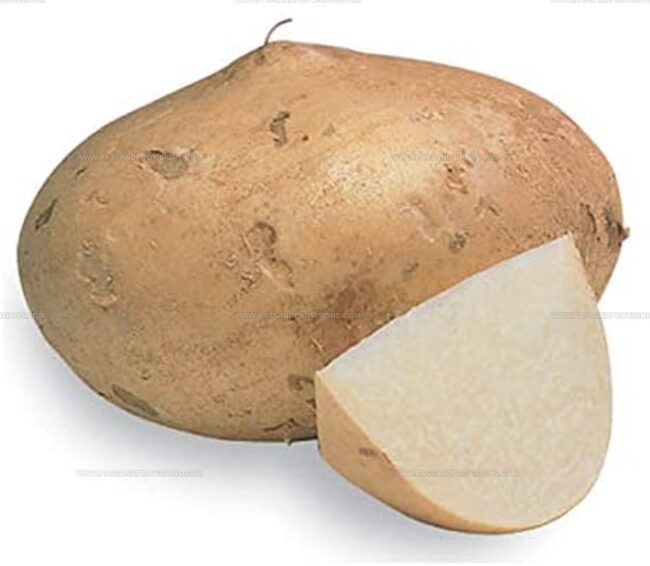3 Potato Replacements That Work in Soups
Potato substitutes in soup offer countless possibilities for anyone seeking variety in their kitchen adventures.
These alternatives can transform ordinary recipes into extraordinary culinary experiences without sacrificing texture or flavor.
Many home cooks find themselves searching for new ingredients when potatoes aren't available or when dietary needs change unexpectedly.
The beauty of soup-making lies in its flexibility, allowing creative swaps that sometimes surpass the original ingredient's performance.
From root vegetables to grains, the world of soup ingredients extends far beyond what most people typically consider.
Such versatile options mean no one should feel limited by a missing potato in the pantry.
Ready to revolutionize your soup game with these brilliant alternatives that might become new favorites?
Potatoes in Soup: Texture, Nutrition, and Comfort
Potatoes play a big role in making soup both tasty and satisfying:
Why Substitute Potatoes in Soup?
Sometimes you might want to swap out potatoes in soup for a few good reasons:
Perfect Potato Substitutes in Soup
Potatoes for soup not being available can be handled by adding something that supports the same idea in the bowl. Each simmering stage flows naturally toward the finish.
Cauliflower
Cauliflower stands out as the perfect substitute for potatoes in your soup recipe, drastically cutting calories by three-quarters while maintaining a similar white appearance that won't change your dish's look.
This remarkable vegetable contains just 3 grams of carbs per half-cup serving, making it significantly lower in carbohydrates than traditional potatoes.
You can enjoy the added benefits of low sodium and fat while getting more fiber and essential minerals with each spoonful.
The mild flavor blends wonderfully with other ingredients, creating a creamy texture that mimics mashed potatoes without anyone noticing the difference.
Cassava
Cassava offers a fantastic substitute for potatoes in soup recipes, bringing a denser, starchier texture that holds up beautifully during cooking.
This versatile root vegetable has deep cultural significance across Brazil, Asia, Africa, and Polynesia, where locals prepare it in numerous traditional dishes like African Fufu and Polynesian Vakalolo with caramelized coconut sauce.
Both the nutritious root and the flavorful leaves can be incorporated into hearty soups that keep hunger at bay for hours after eating.
You'll appreciate how cassava pairs wonderfully with any type of meat, making it an adaptable ingredient for whatever proteins you have available.
Jicama
Jicama serves as an excellent potato substitute in soups, offering a sweet, nutty flavor with crisp white flesh that comes from the same botanical family.
The globe-shaped root vegetable maintains a similar texture to potatoes when cooked but contains significantly fewer carbohydrates- just 6 grams per half-cup serving compared to potatoes, along with only 25 calories.
Its naturally mild taste blends well in soup recipes without overpowering other ingredients.
Health-conscious cooks appreciate jicama for maintaining the satisfying mouthfeel of traditional potato soup while reducing the overall carb content.
Flavor and Texture Tips for Non-Potato Soup Ingredients
Choosing something other than potatoes for soup can bring new flavors and textures to your bowl:
Cut Evenly
Slice or chop non-potato veggies like cauliflower, carrots, or squash into similar sizes so they cook evenly.
Mind the Bite
Some swaps, like parsnips or rutabaga, can be firm, cook a little longer to soften, but don’t overdo it or they’ll get mushy.
Taste Check
Add substitutes slowly and taste as you go; some, like turnips, have a stronger or slightly bitter flavor that changes the soup’s taste.
Pair Well
Match your veggie swap to the soup style, use sweet potatoes for a creamy base, or celery root for a light broth, to get the texture and flavor you like best.
Potato-Free Soup Solutions: Common Questions Answered
1. Are there low-carb alternatives to potatoes in soup?
Cauliflower and turnips are both low-carb options that provide a similar texture to potatoes in soups.
2. Can I use beans or lentils instead of potatoes in soup?
Yes, beans and lentils add creaminess, protein, and bulk to soups, making them a hearty potato alternative.
3. Will the cooking time change with potato substitutes?
Cooking times may vary by vegetable. Test for doneness with a fork and adjust simmering time as needed.
4. Can I use squash as a potato alternative in soup?
Yes, butternut squash or pumpkin work well in creamy or blended soups, adding sweetness and color.
5. How do I keep potato-free soup thick and creamy?
Blend part of the soup, add pureed beans, or use a thickener like cornstarch or arrowroot for a creamy, thick texture.
6. Are there gluten-free potato substitutes for soup?
All suggested vegetables are naturally gluten-free, making them safe options for gluten-free diets.




